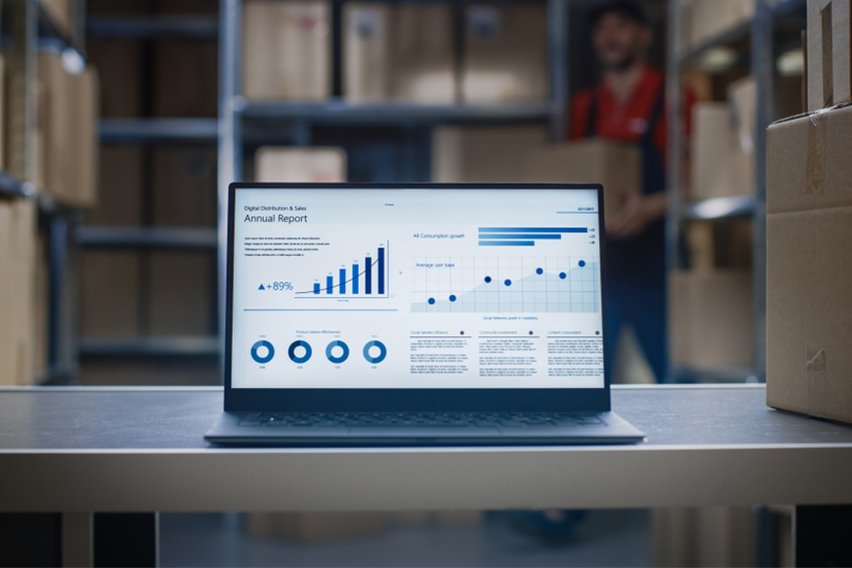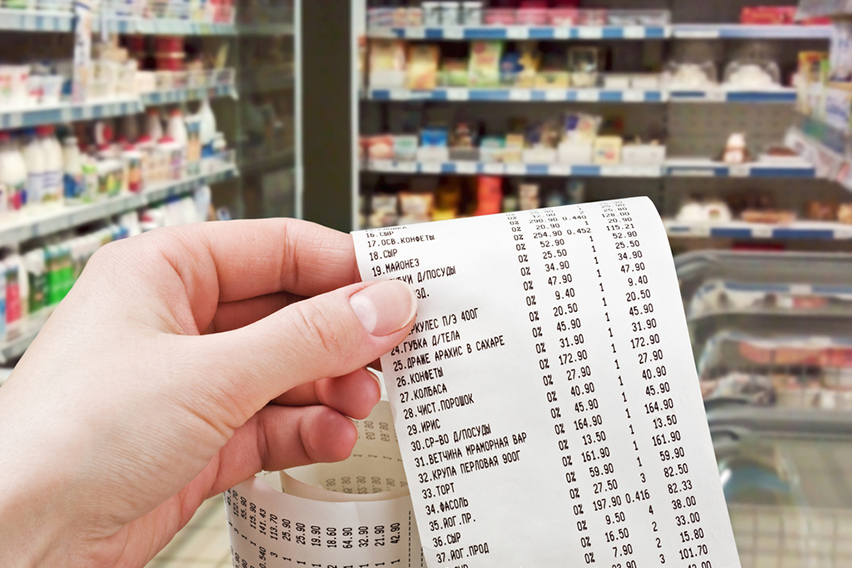The Differences Between Takt Time vs Cycle Time vs Lead Time

The use of Takt Time, Cycle Time and Lead time are common among different business types. Each of them is meant to measure your efficiency and overall quality of products. This lets you avoid any unwanted disruptions to production.
Even though they each include a separate approach to a lean manufacturing process, there are some differences to know about. Knowing how each of these time management strategies works can help you optimize your workflow and various resources.
Let’s take a look at how Takt Time, Cycle Time and Lead Time work and any benefits that they offer.
Here’s What We’ll Cover:
What Is Takt Time?
Takt Time is meant to satisfy the demands of your customers. You can figure out optimal rates for your processes to complete production demands and fulfill customer’s needs. The idea is that Takt Time can measure how efficiently work needs to get completed to deliver requests.
To figure out your Takt Time, you simply take the production time you have available and divide it by your customer demand. Try to only include employees who are actually working. It’s not a continuous flow, so don’t include details for things like lunch breaks, general breaks or shift changeovers.

Benefits of Takt Time
Using a Takt Time strategy can help you avoid the possibility of overproduction. You can identify the times and areas where key processes need to get completed and schedule accordingly. Plus, you are also able to improve or make adjustments to your production timelines.
It can help you to eliminate over- and under-production and increase quality control at the same time. Your systems can get optimized with the time metrics to match customer demand.
A few other benefits of using Takt Time
- Production flow will stay consistent
- Work process time can get standardized
- Time targets can become more realistic
What Is Cycle Time?
Cycle Time is how much time your employees require to produce an item up until the point it’s ready to get shipped. It’s essentially a way to calculate how much time it takes to complete a single task. And it can include any time spent during the production of the item and any waiting stages.
Figuring out Cycle Time uses a simple formula, you just need to have a few bits of information. You will need to know how many goods you have produced and the total time that it took the produce those goods. You would then divide the total production time by the number of units that you produced.
Benefits of Cycle Time
There are some benefits to the measurement of Cycle Time. By knowing the actual production rate, productivity and employee efficiency can increase. And knowing the data allows you to make adjustments to the production rate to satisfy customer demand.
What Is Lead Time?
This is from start to finish. Lead Time starts to get measured as soon as a customer makes a purchase and finishes when they receive the final product. Basically, it’s the amount of time from product order until the time of delivery.
It’s used in conjunction with the Cycle Time that you figured out for an individual task. But it adds on the amount of time before production begins and after it ends. To figure out the Lead Time, you just need to know the exact dates and times that the purchase was made and received.

Benefits of Lead Time
One of the biggest benefits of Lead Time is your ability to get an overview of your entire production process. You can use it to improve your production rate and other areas like logistics or shipping. Knowing all of this information will allow you to make more informed business decisions in the future.
Key Takeaways
Still not sure which approach might be best? Manufacturing and production processes can improve with each of these time management strategies. But knowing how to use them is important.
Takt Time and Cycle Time can be used together to help deliver orders on time. By trying to get the two times as close as possible you can see any areas where adjustments might be needed. You also want to try and keep Lead Time as short as possible.
If you figure out everything you need to with Cycle Time, your Lead Time can automatically become optimized. This will improve everything from packing, delivery and planning. Making individual processes as efficient as possible ensures the entire process runs smoothly.
Simply put, Cycle Time is what you can do and Takt Time is what you need to do. Understanding both those numbers will let you meet processing times and customer demands. This is assuming that the Lead Time remains constant.
Did you enjoy reading this guide? Head over to our resource hub for more great content!
RELATED ARTICLES

 How to Perform Inventory Analysis: Methods, Tips & KPIs
How to Perform Inventory Analysis: Methods, Tips & KPIs What Is AVS Check (Address Verification Service)?
What Is AVS Check (Address Verification Service)? Small Business Owners: 1099 Rules for Employers
Small Business Owners: 1099 Rules for Employers How to Change a Business Name: 12 Steps
How to Change a Business Name: 12 Steps What Are Sales Receipts?
What Are Sales Receipts? 4 Types of Inventory to Know About
4 Types of Inventory to Know About